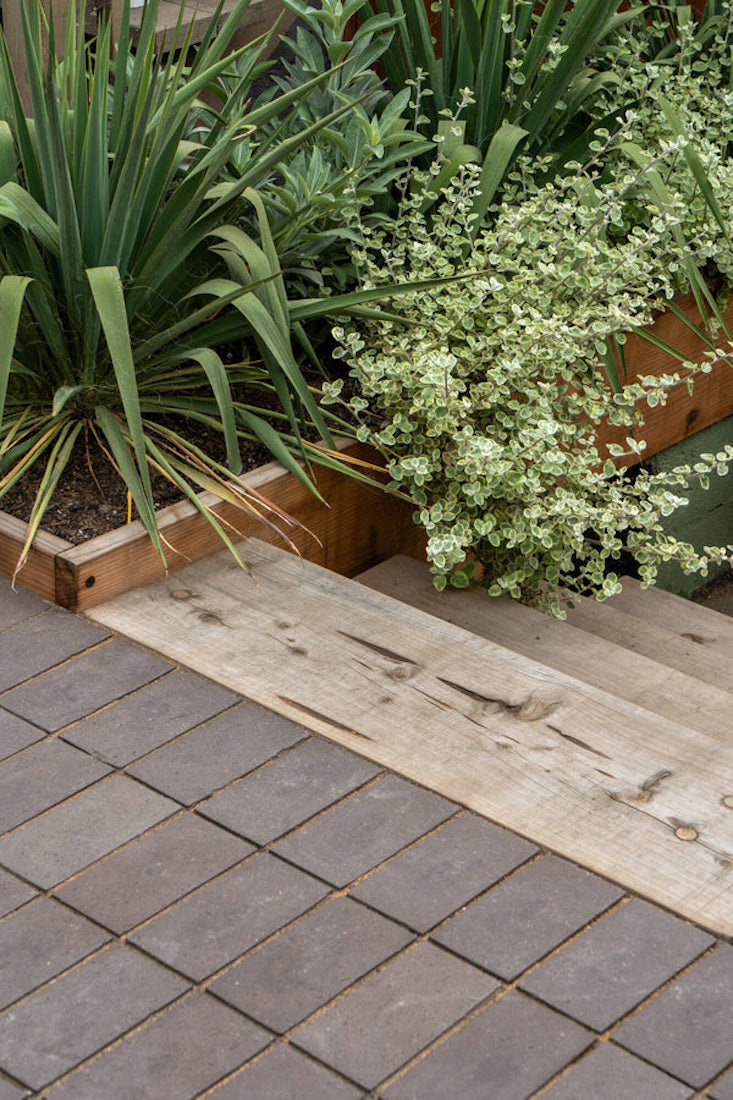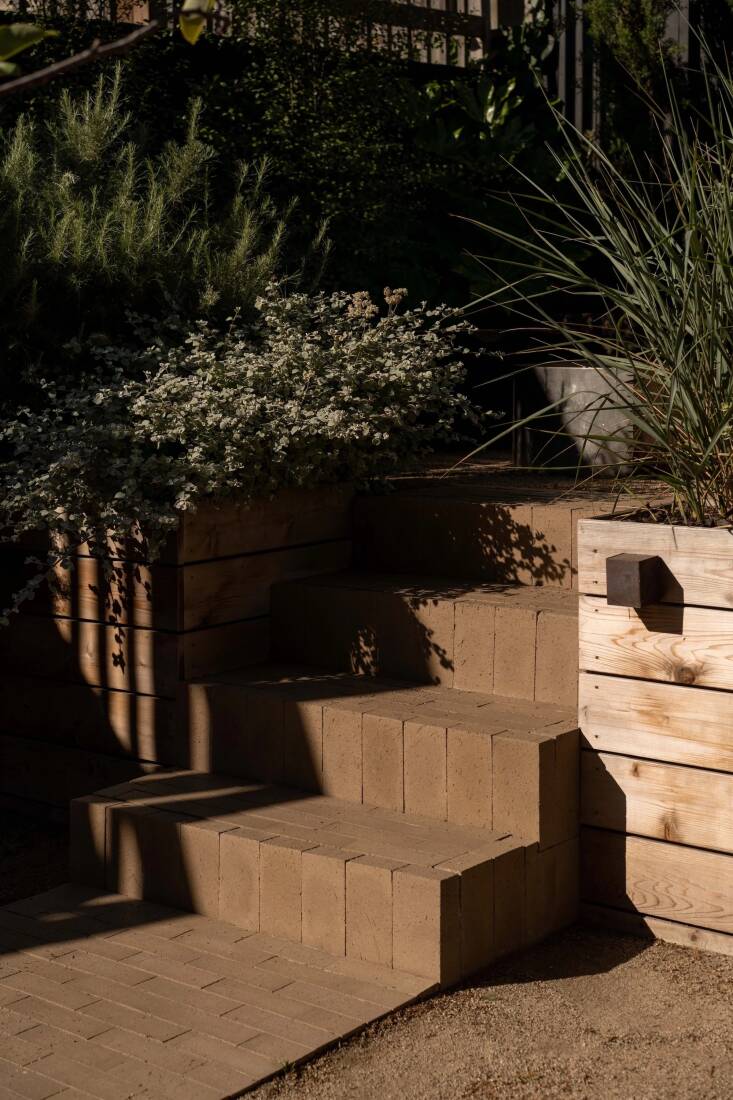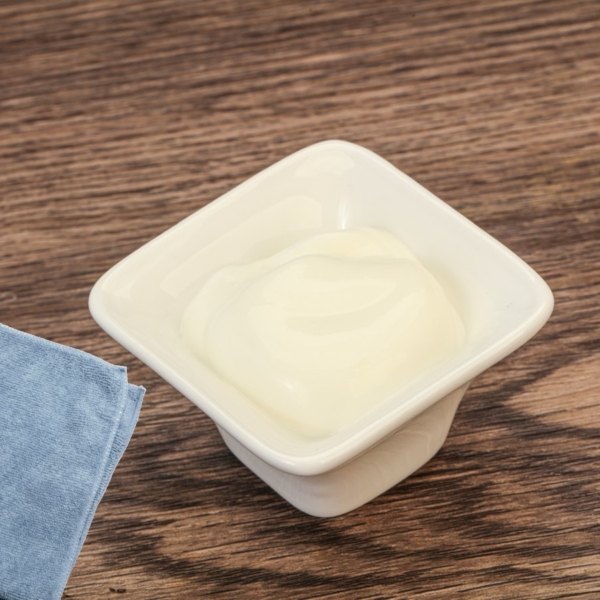One of the main insights I walked away with after co-authoring Remodelista: The Low-Impact Home: A Sourcebook for Stylish, Eco-Conscious Living is that, more times than not, the answer to undoing some of the damage brought on by climate change is to go natural. That’s the case for paint, for insulation, for furniture, for landscaping—and for hardscaping, too.
Recently, I reached out to Molly Sedlacek, principal at landscape design studio ORCA, for her thoughts on better, more planet-friendly hardscaping options for outdoor spaces. Frustrated with the products on the market, she designed her own eco-conscious, minimalist line of pavers that are both modern and earthy.
Here’s what she had to say. (Hint: think permeable and, yes, natural materials.)
Photography courtesy of ORCA.

Q: Why is permeability so important to a landscape?
A: With the changing temperatures of our earth’s climate, materials that breathe are going to become more important as seasons get more extreme. A surface that allows water to flow is better for the earth, soil organisms, and plants. A permeable surface is also smart for pathways and the perimeter of structures as it allows for better drainage.

Q: If a client were to ask for concrete flooring, what would you say to dissuade them?
A: Interesting enough, we don’t often get clients asking for concrete flooring. It’s typically the opposite—a request to remove old concrete or to use a material that is more natural. With a global desire to design and build gardens that are more drought-tolerant, homeowners are removing concrete to make more permeable square footage such as paver patios, gravel, and decomposed granite pathways.
If a client does happen to request concrete, I would encourage them to consider a material that has higher permeability and allows water to flow through it such as a brick or stone paver set on sand-set aggregate. Natural materials patina beautifully and allow for shifts in the land, versus concrete’s uniform surface and tendency to crack. My motto is: If it doesn’t age gracefully, it probably isn’t the right material.

Q: Was there an “aha” moment when you realized that you were anti-concrete?
A: Yes, and it was actually a driving factor for starting ORCA. Before starting ORCA, I kept seeing images of modern garden designs with big, uniform, evenly spaced concrete pavers going through plants and creating outdoor spaces for people to gather on. It looked very foreign to me as I grew up in a garden that was composed of materials found in proximity and surfaces formed by nature.
ORCA was born from the desire to bring childlike wonder into urban backyards. A garden, to me, is intended to reflect the natural landscape that surrounds it, or perhaps channel a garden we once visited that left an impression on us. The garden and the materials in it should evoke deeper feelings that reconnect us to the earth. Large concrete areas are the antithesis of natural landscapes.



